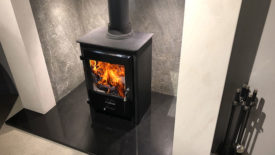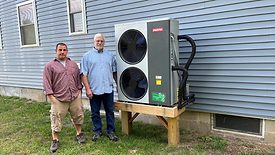John Siegenthaler: Hydronics Workshop
Hydronics Workshop | John Siegenthaler
A simple but powerful design tool.
Read More
Hydronics Workshop | John Siegenthaler
Combining “low-tech” heating with state-of-the-art heat pump technology
Plan B
May 1, 2024
Hydronics Workshop | John Siegenthaler
Combining a wood-fired boiler with a hydronic distribution system
Doing wood right
March 27, 2024
Hydronics Workshop | John Siegenthaler
Does the boiler need to change when adding a heat pump?
Is it worth it?
March 1, 2024
Hydronics Workshop | John Siegenthaler
Options for connecting heat pumps to existing boiler systems
Tie ins
February 1, 2024
Hydronics Workshop | John Siegenthaler
The ‘ins’ and ‘outs’ of thermal storage
Hydronic systems stand ready to offer performance benefits as electrification movement advances.
January 2, 2024
Hydronics Workshop | John Siegenthaler
A simple, repeatable and scalable approach to hydronic distribution
This one works…
November 30, 2023
Hydronics Workshop | John Siegenthaler
What’s possible with hydronics and heat pumps?
Combined elements — part two
November 1, 2023
Hydronics Workshop | John Siegenthaler
Creating a complete system to provide space heating, cooling, DHW and fresh air ventilation
Combined elements
October 2, 2023
Hydronics Workshop | John Siegenthaler
There are still viable applications for solar thermal technology
Sōl Survivor
August 31, 2023
Keep your content unclogged with our newsletters!
Stay in the know on the latest plumbing & piping industry trends.
JOIN TODAY!Copyright ©2025. All Rights Reserved BNP Media.
Design, CMS, Hosting & Web Development :: ePublishing











